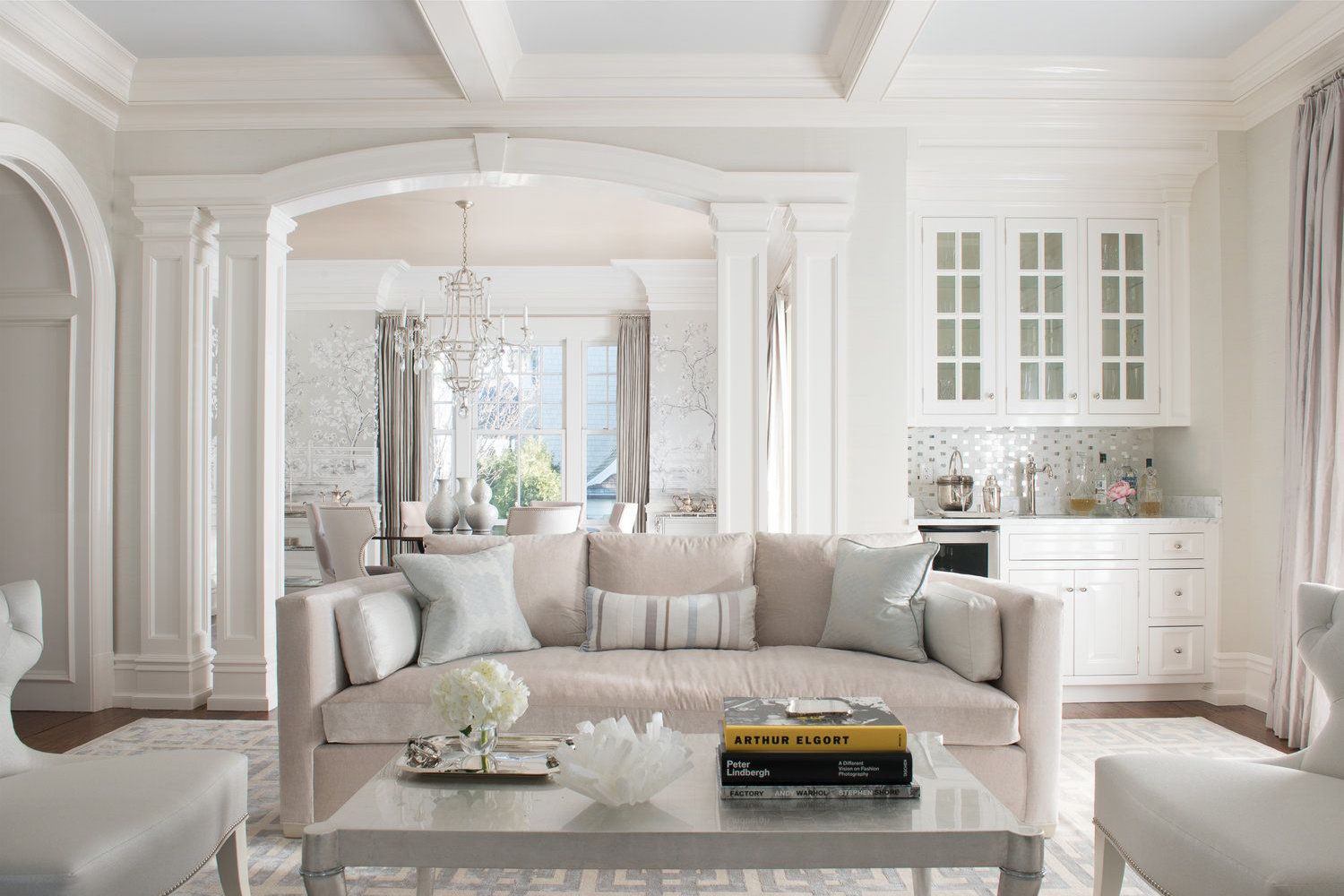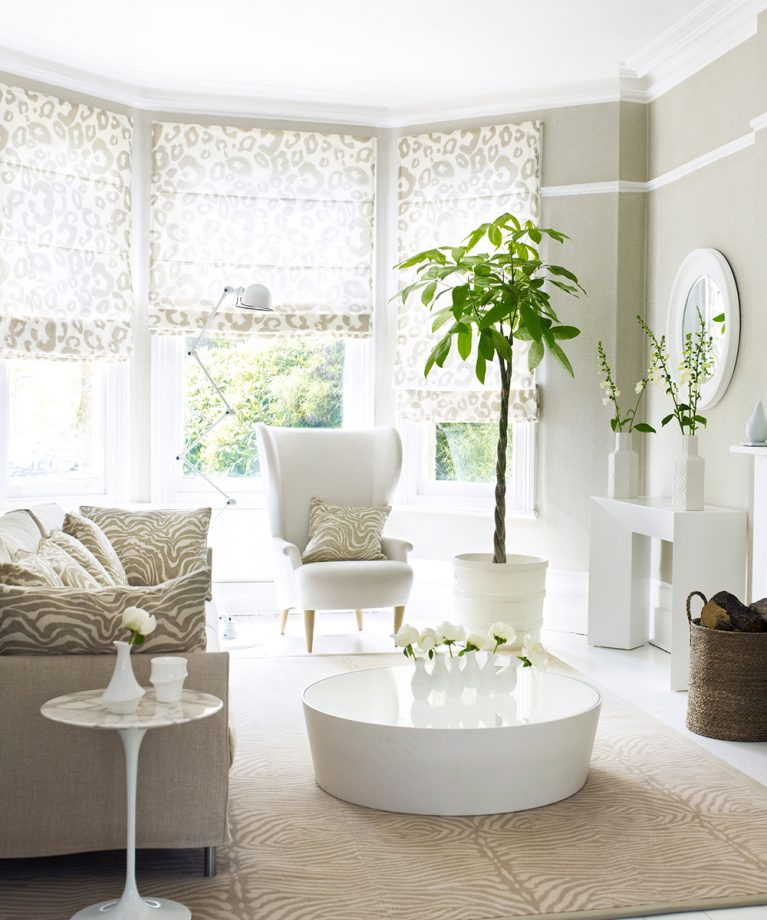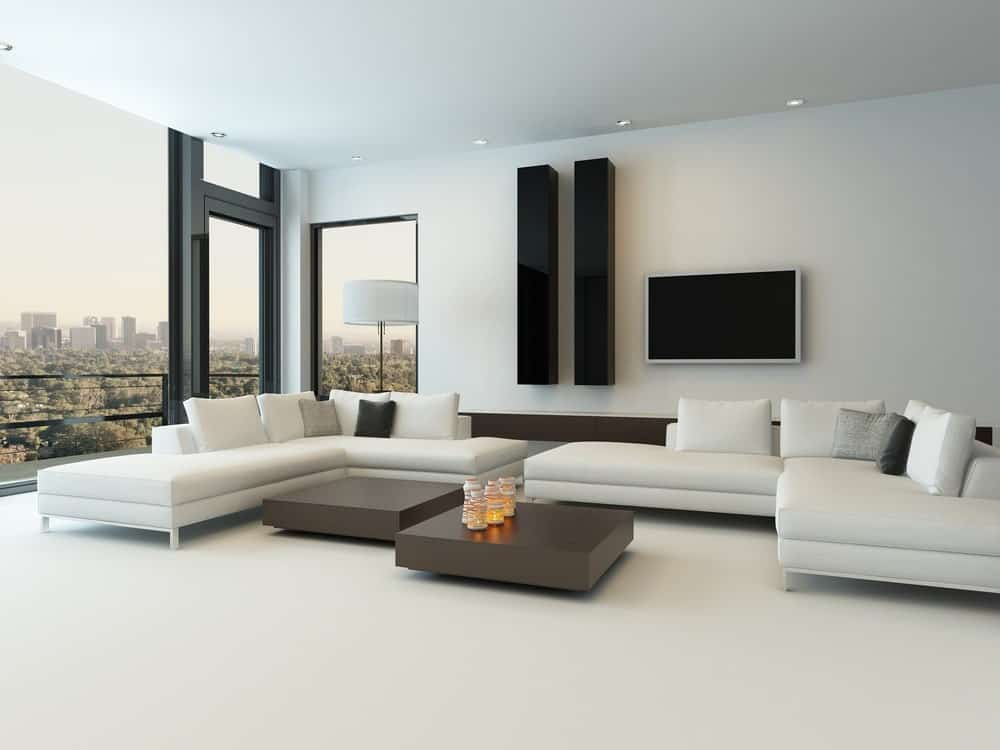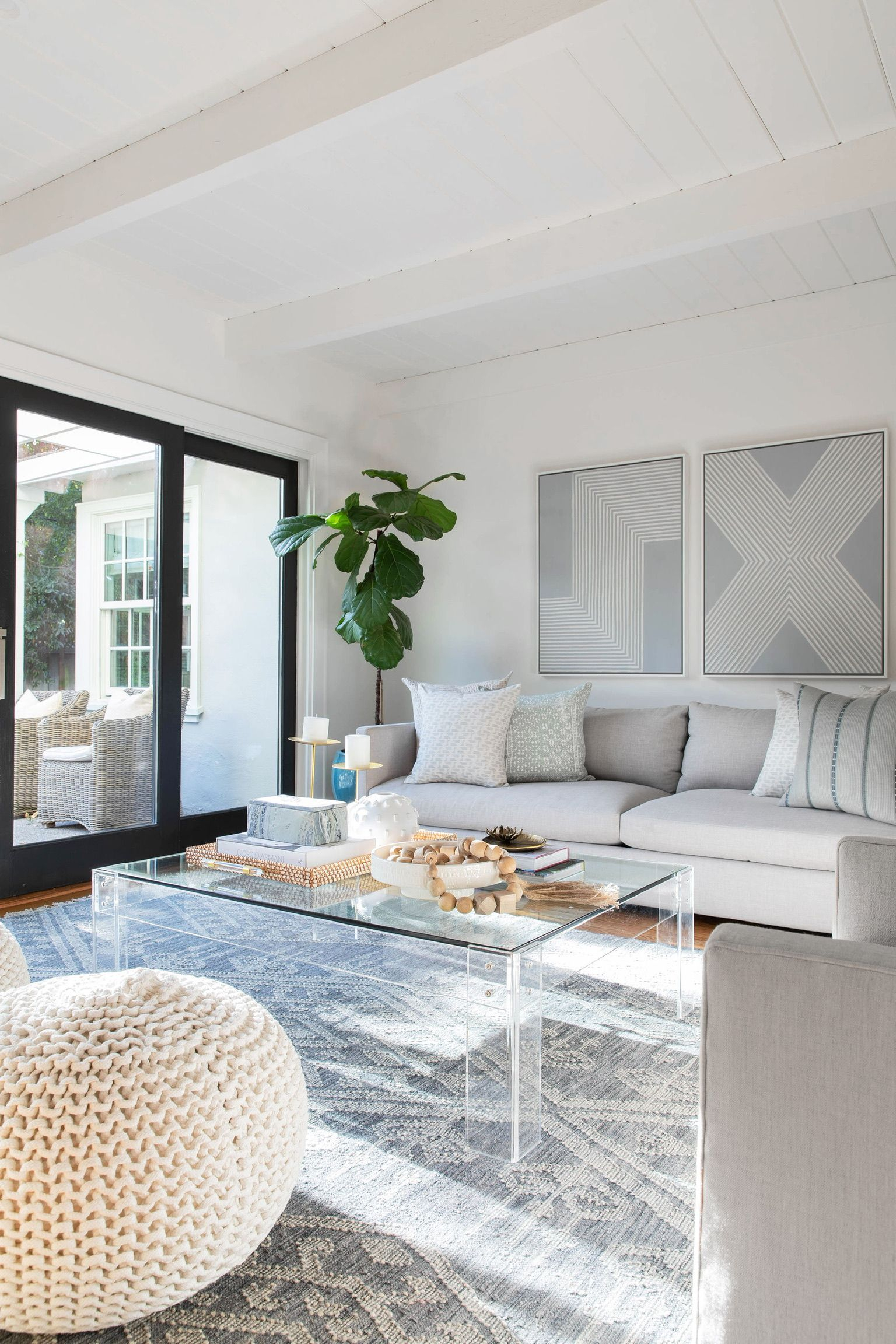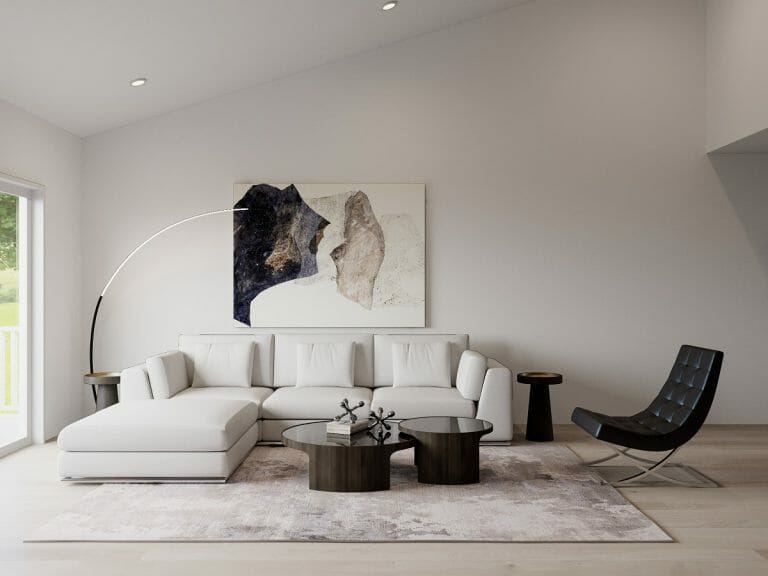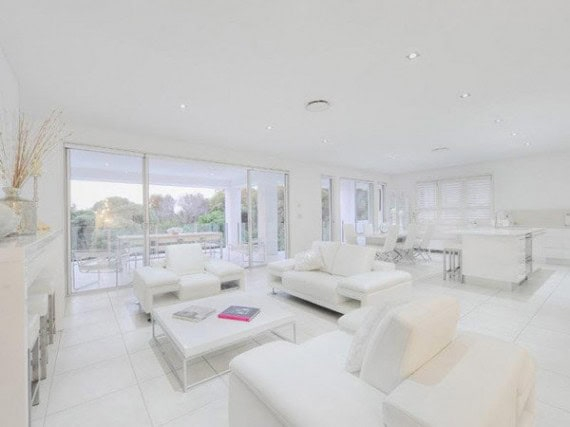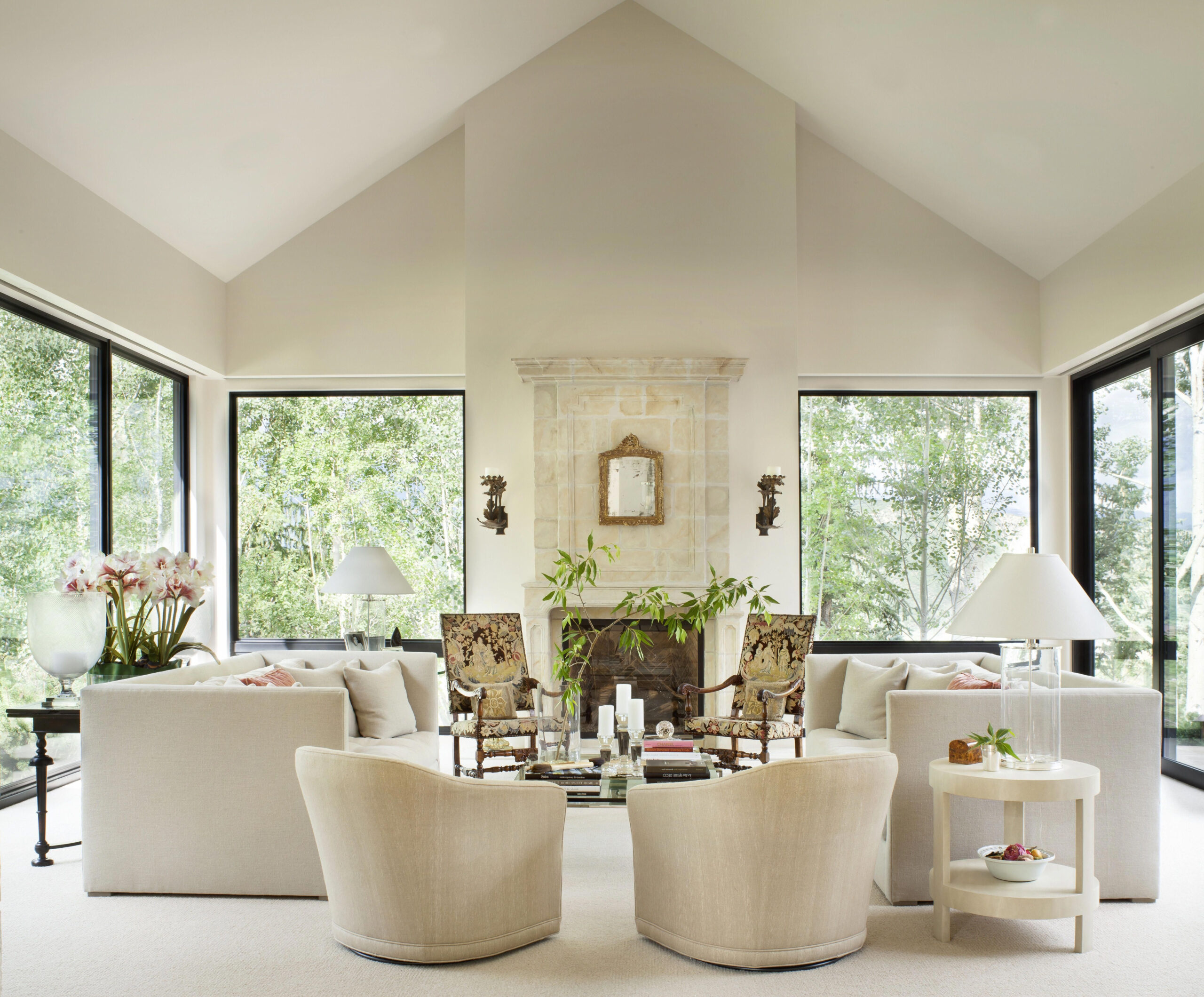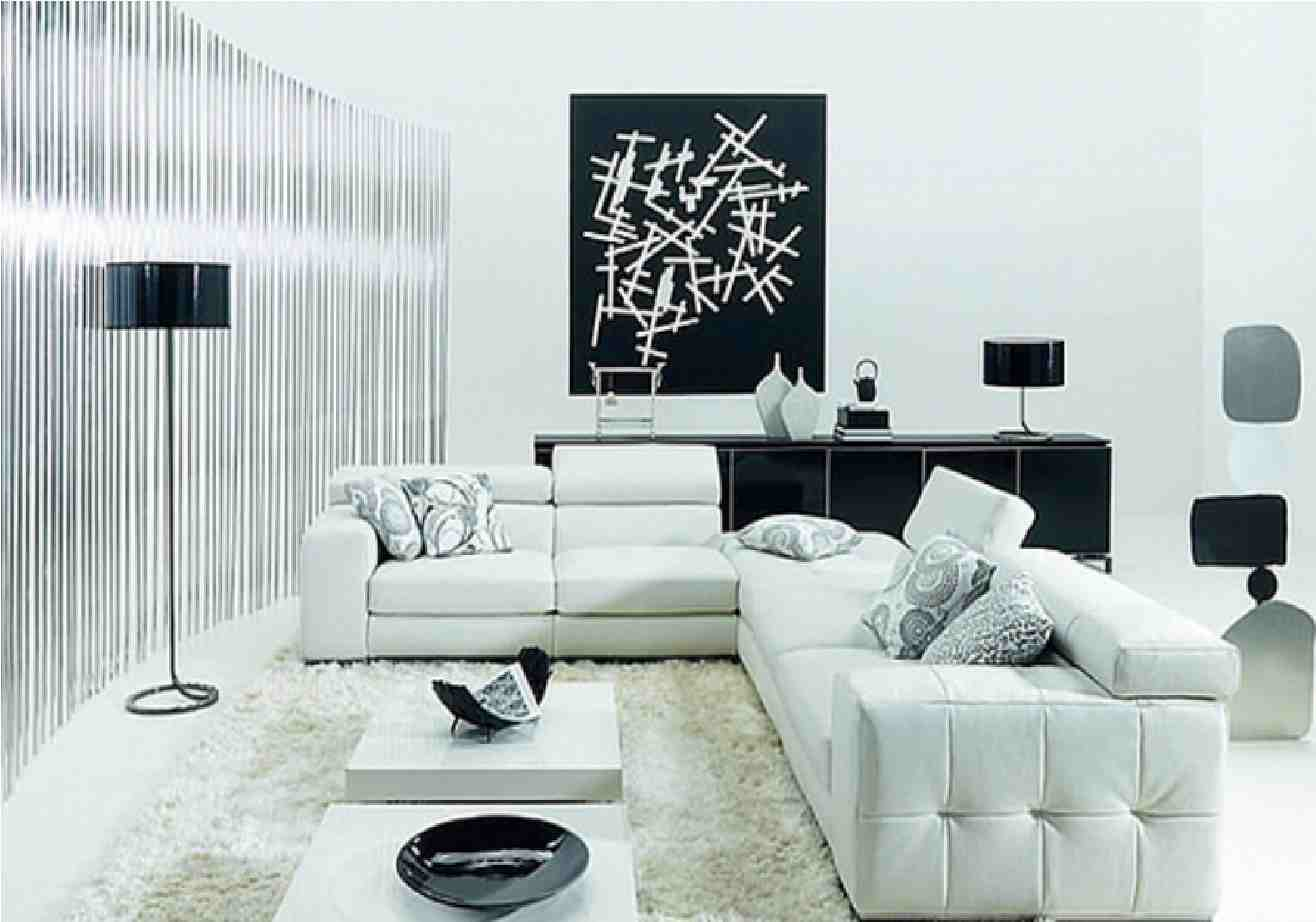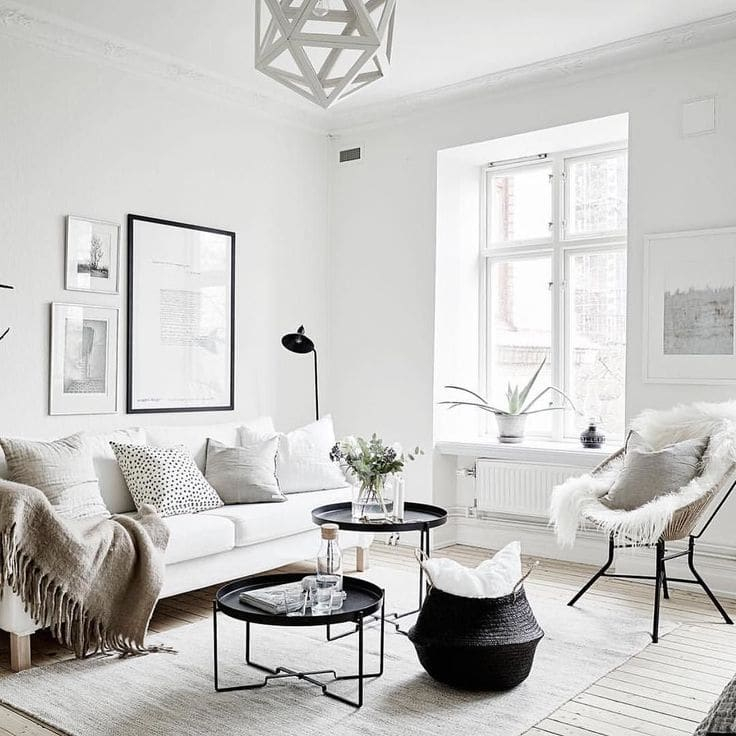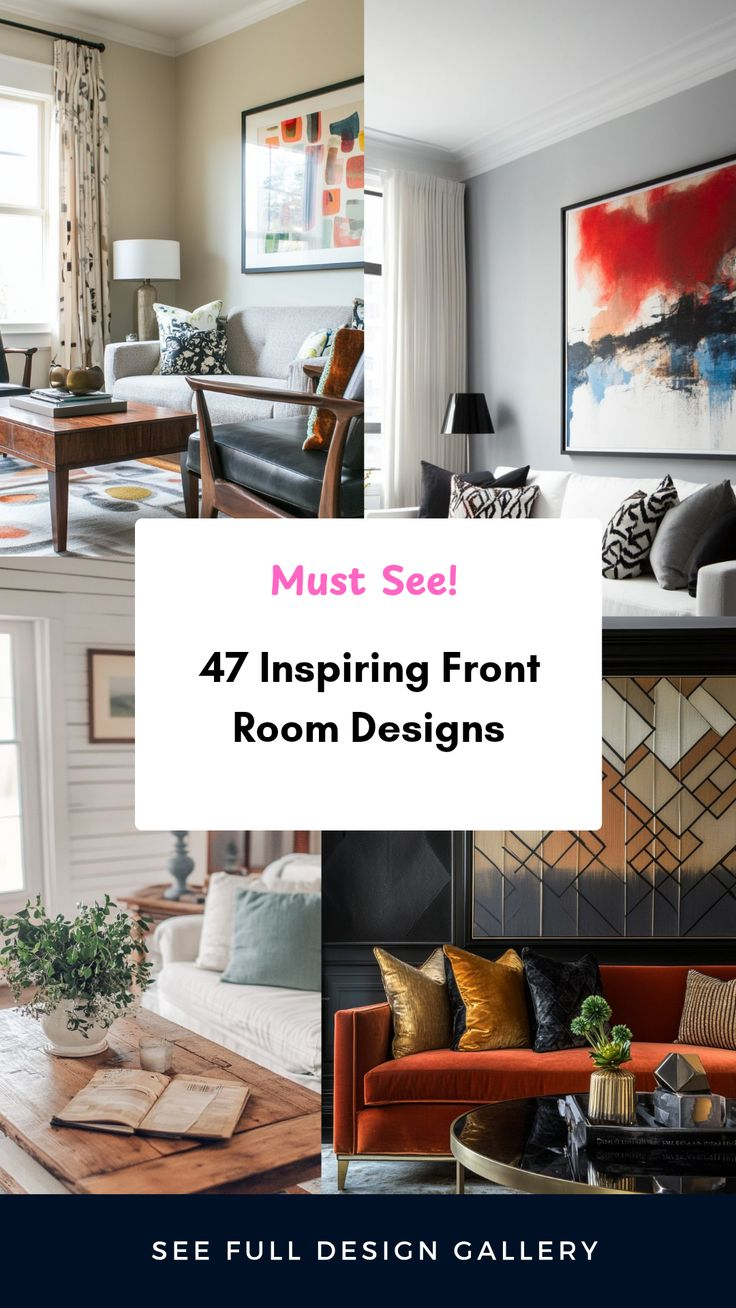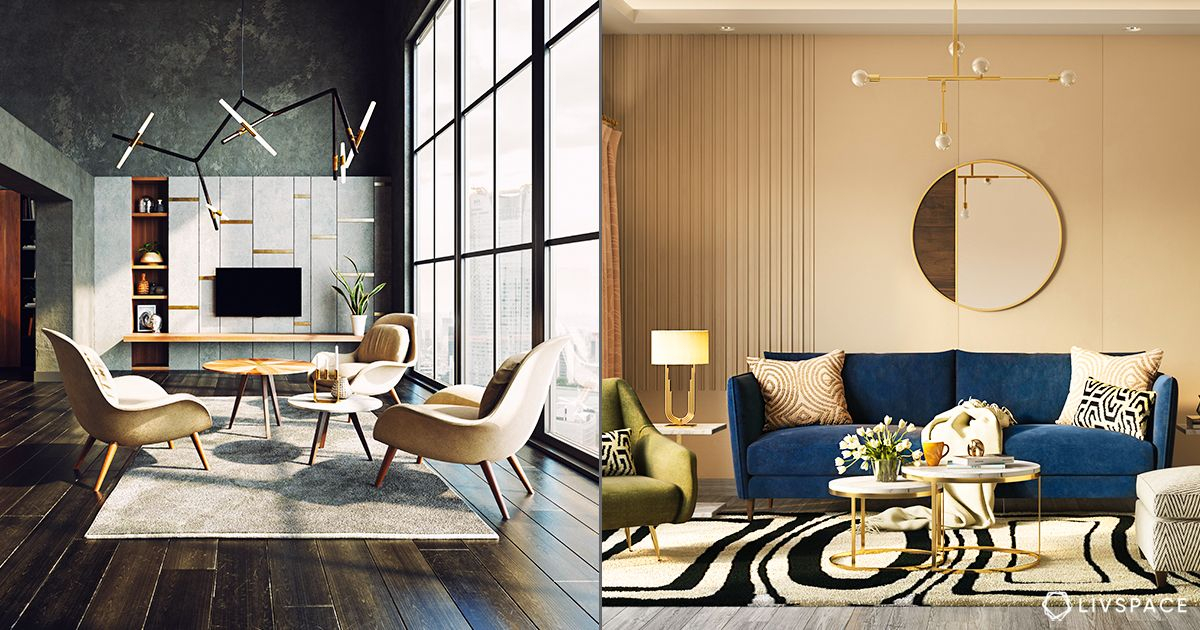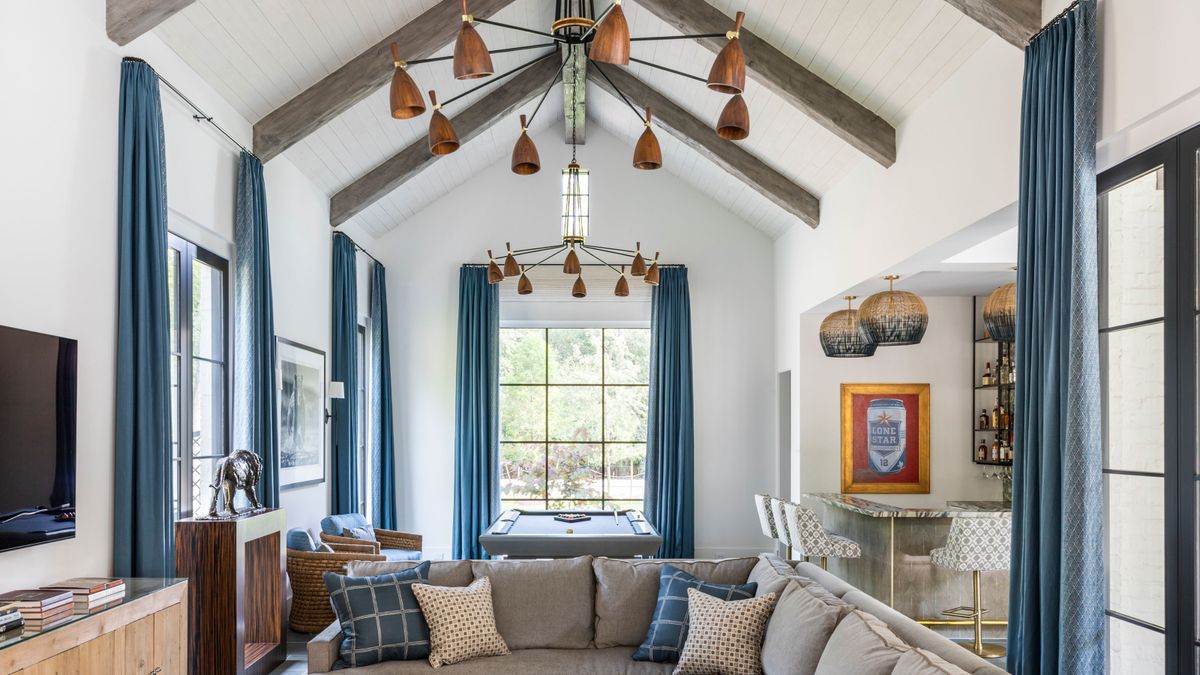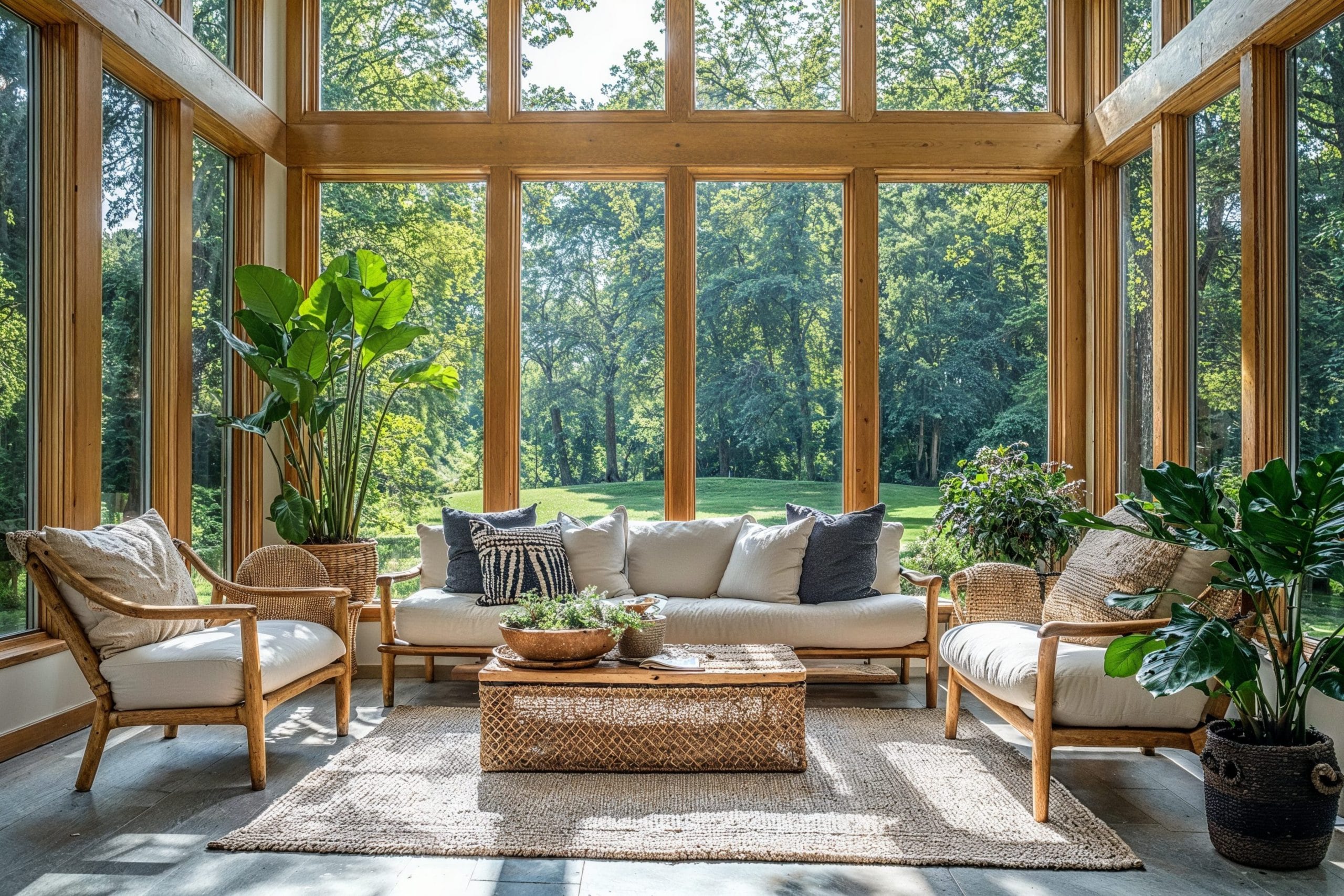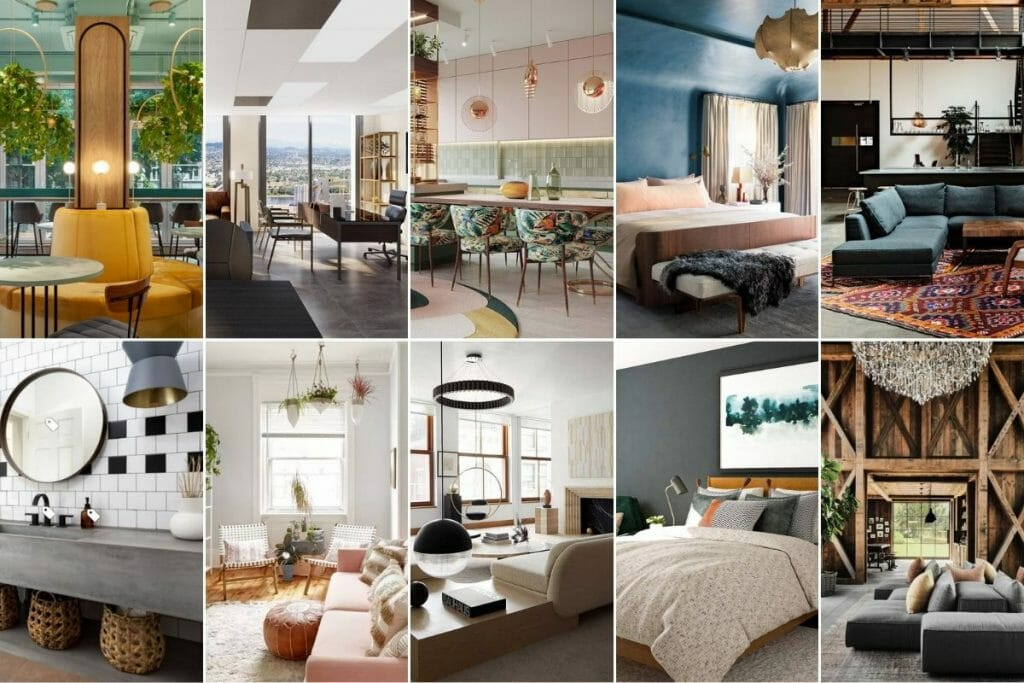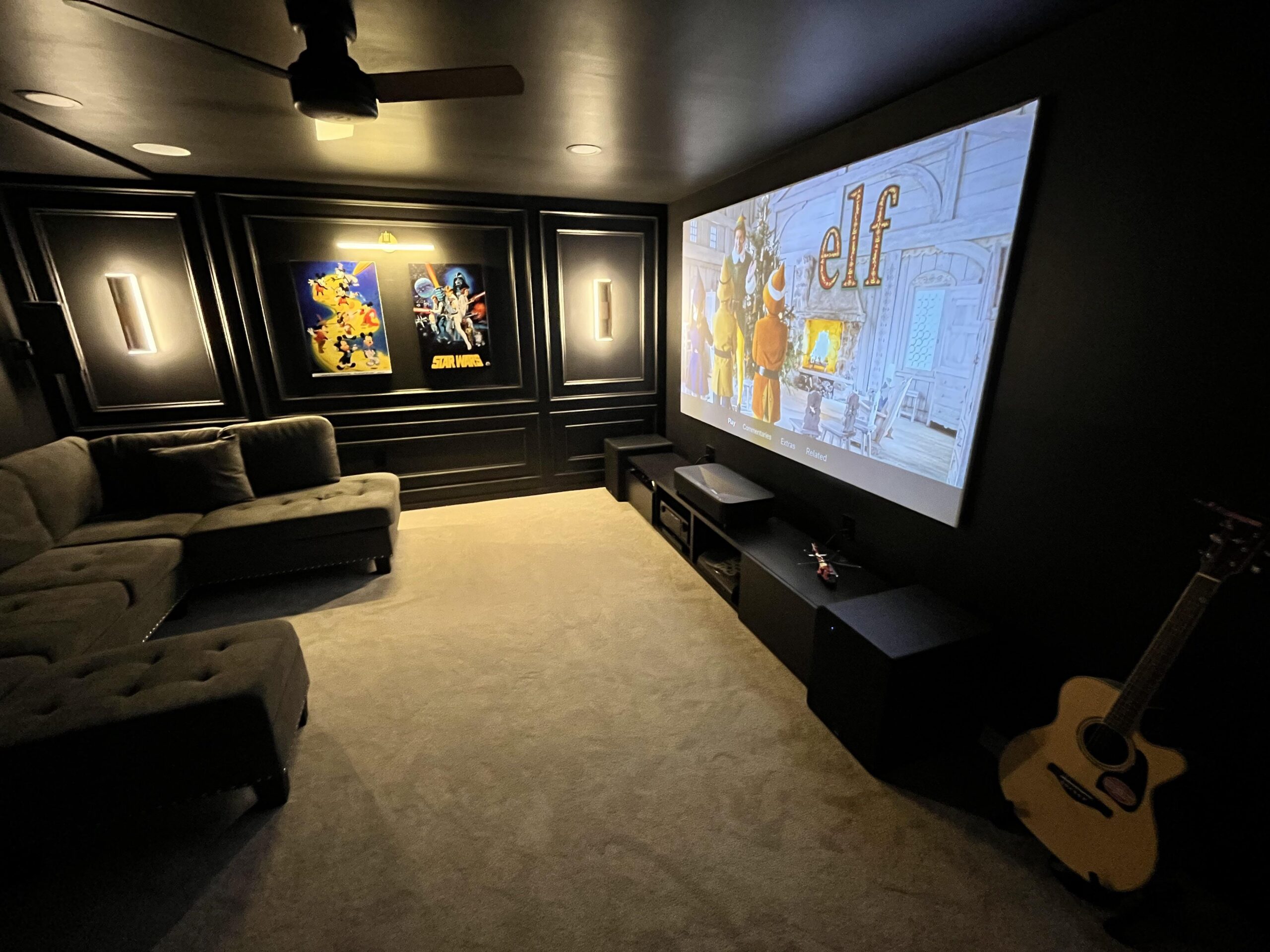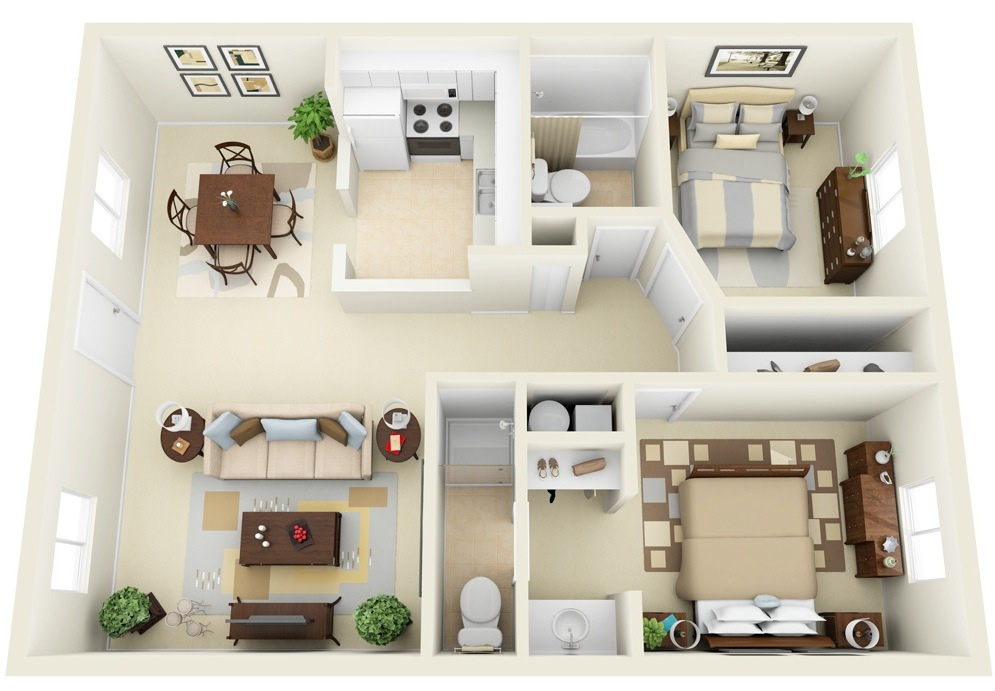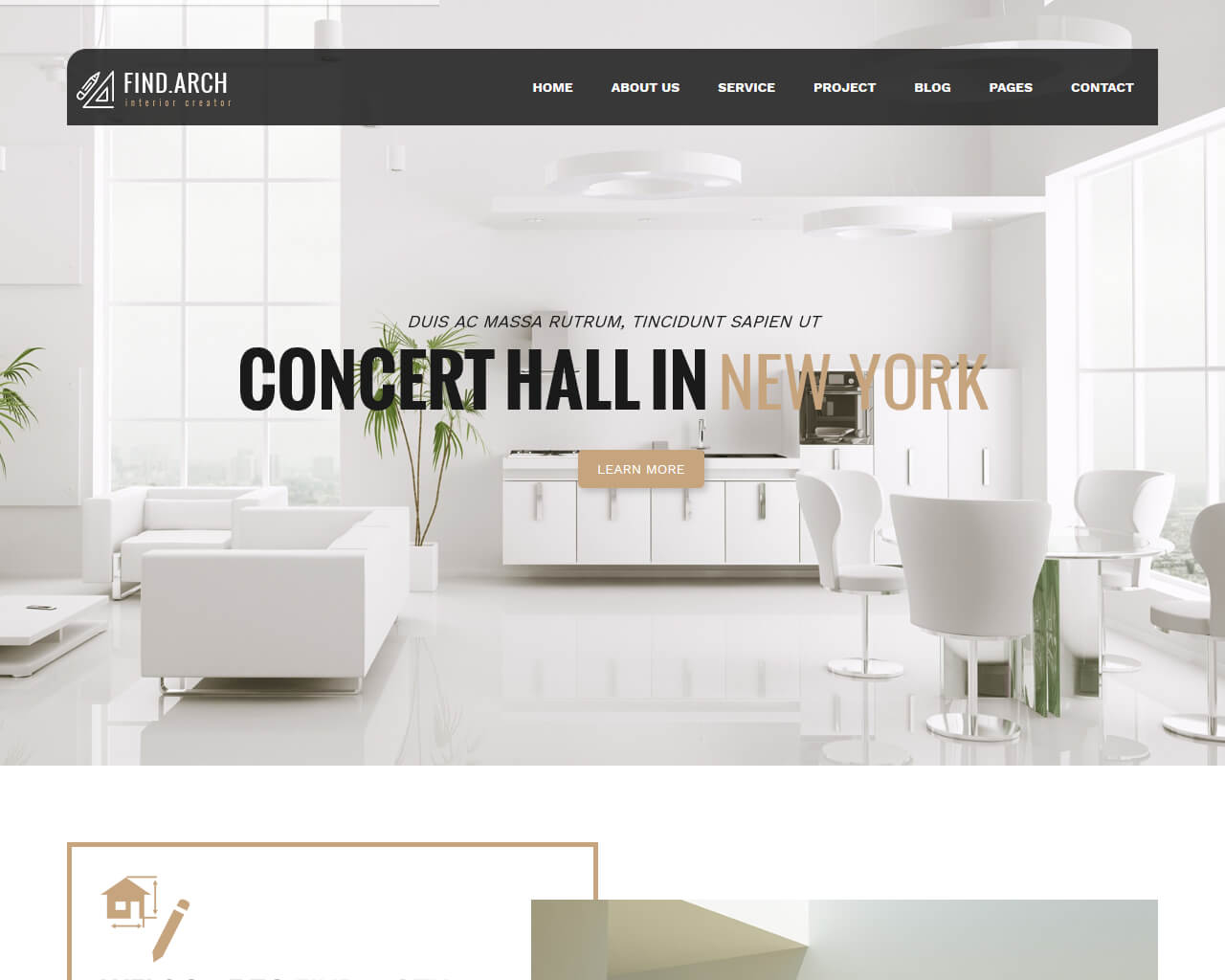Walk into almost any beautifully designed space, and you’ll likely encounter it: white. It’s more than just a color; it’s a philosophy, a canvas, and a statement all rolled into one. But what is it about this seemingly simple shade that keeps designers and homeowners coming back, time and time again? Let’s dive deep into the enduring charm of white in interior design.
There’s something undeniably serene and sophisticated about a room bathed in white. It’s the color that often forms the very foundation of a well-decorated home, acting as a backdrop that allows other elements to truly shine. From crisp, modern apartments to cozy, rustic cottages, white has a remarkable ability to adapt and enhance. But its popularity isn’t just about aesthetics; it’s rooted in a deeper understanding of how color impacts our environment and our moods. So, why has white consistently held its ground as a go-to choice for so long? We’re going to unpack that.
Creating Space and Light: The Illusion of More
One of the most significant reasons for white’s enduring popularity is its incredible capacity to make a space feel larger and brighter. White surfaces, whether on walls, ceilings, or even furniture, reflect light exceptionally well. This means that natural light entering a room is amplified, bouncing around and illuminating every corner. Think about a small apartment; painting the walls white can instantly make it feel more open and airy, banishing any sense of being cramped. It’s a trick of the eye, sure, but a very effective one. This light-reflecting quality is especially beneficial in rooms that don’t receive a lot of natural sunlight. It’s like giving your room a little boost of sunshine, all year round.
Versatility: The Ultimate Design Chameleon
White is the ultimate chameleon in the world of interior design. It pairs seamlessly with virtually any other color imaginable. Want a bold accent wall? White walls will make that vibrant red or deep blue pop. Prefer a more understated, monochrome look? Different shades and textures of white can create depth and interest without relying on other hues. Beyond color, white also works wonderfully with various materials and styles. It complements the warmth of natural wood, the sleekness of metal, and the softness of textiles. Whether your taste leans towards minimalist, bohemian, traditional, or industrial, white can serve as the perfect anchor, allowing your chosen style to take center stage. It’s a blank slate that embraces everything you want to add.
Psychological Impact: Calm, Cleanliness, and Clarity
The psychological effects of white are also a major draw. White is often associated with purity, cleanliness, and peace. Stepping into a white room can evoke a sense of calm and order, helping to reduce stress and create a tranquil atmosphere. This makes it an ideal choice for bedrooms, bathrooms, and spaces where relaxation is paramount. Furthermore, white can promote feelings of clarity and new beginnings. It’s a color that feels fresh and uncluttered, which can be incredibly refreshing in our often-busy lives. It’s like a visual deep breath, offering a sense of peace and mental spaciousness.
Timelessness and Longevity: Avoiding Design Fads
Unlike trendy colors that can quickly feel dated, white possesses a timeless quality. A white room will likely still look stylish and relevant years from now, even as design trends come and go. This longevity makes it a smart investment for homeowners. Instead of repainting every few years to keep up with the latest color craze, choosing white provides a stable and enduring aesthetic. You can easily update the look of your space by swapping out accessories, textiles, or artwork, all while keeping the white foundation intact. It’s the kind of choice that offers lasting value and reduces the need for constant overhauls.
The Nuances of White: Undertones and Textures Matter
While we often think of white as a single color, in reality, there are countless variations, each with its own subtle undertones. You have warm whites with hints of yellow or cream, cool whites with blue or gray undertones, and pure, neutral whites. Choosing the right shade of white is crucial and depends on the natural light in the room and the overall mood you want to create. A warm white can make a room feel cozy and inviting, while a cool white can feel crisp and modern. Don’t forget about texture, either. A matte white wall will absorb light differently than a satin or semi-gloss finish. Incorporating different textures in white – think a chunky knit throw, a smooth marble countertop, or a woven rug – adds depth and prevents the space from feeling flat or sterile. It’s these subtle differences that transform a simple white room into a rich and inviting environment.
Practical Tips for Embracing White
Ready to bring more white into your home? Here are a few practical pointers:
- Start Small: If you’re hesitant, begin with white accents like cushions, throws, or a single piece of furniture.
- Consider the Light: Observe how natural light affects your space throughout the day and choose a white shade that complements it.
- Layer Textures: Mix different materials and finishes to add visual interest and prevent a monochromatic look from feeling boring.
- Don’t Fear Imperfection: White can show dirt more easily. Embrace washable paints and consider how you’ll maintain your white elements.
- Balance with Other Colors: Even a predominantly white room benefits from touches of other colors or natural materials to provide warmth and contrast.
So, there you have it. White isn’t just a safe or uninspired choice; it’s a powerful design tool that offers incredible benefits. Its ability to enhance light and space, its unparalleled versatility, its calming psychological effects, and its inherent timelessness all contribute to its enduring allure. By understanding the nuances of different white shades and incorporating varied textures, you can create spaces that feel both expansive and intimate, serene and dynamic. White truly is a foundational hue that allows for endless creative expression, proving time and again why it remains a beloved classic in the world of interior design.

